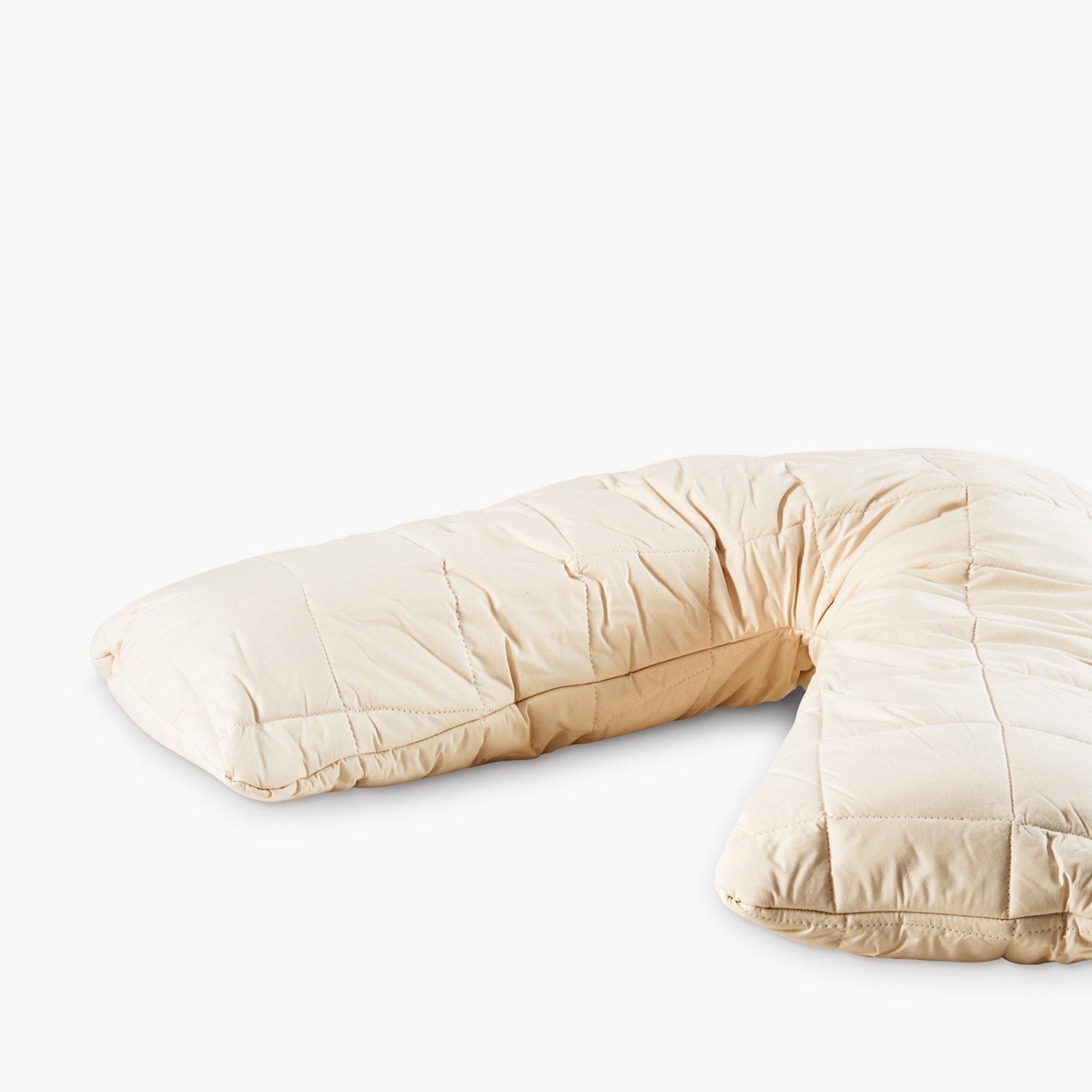6 things side sleepers should invest in for a good night's rest, as recommended by bedding experts
From mattress toppers to the pillow you choose, these are products you need as a side sleeper

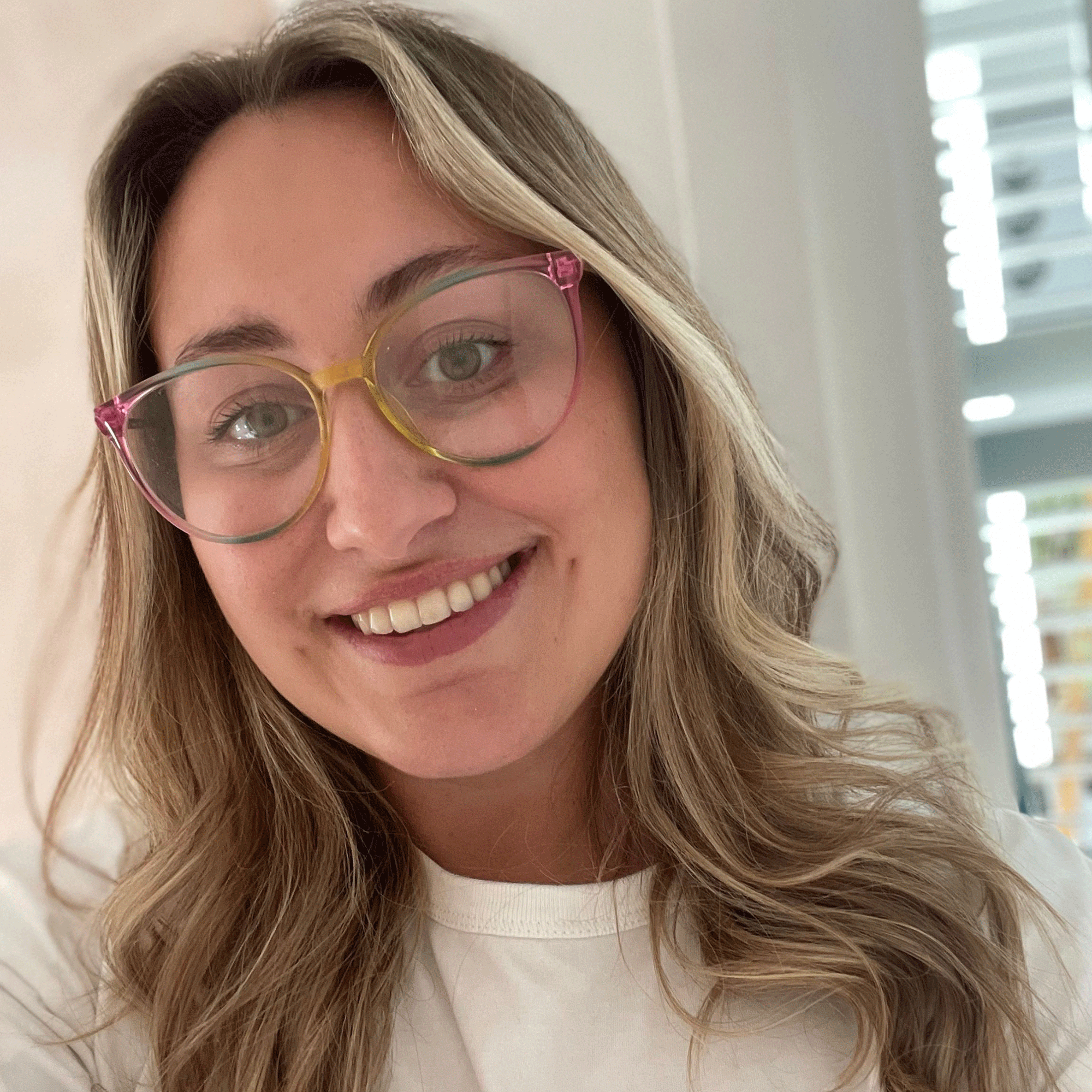
Amy Lockwood
A huge portion of the UK sleeps on their side, and if you’re one of them, you might not have thought much about it. It’s just how you sleep, right?
Well, as it turns out, this sleep position means that there are some important factors to consider to ensure you're getting the best night's sleep possible, from opting for the best mattress for a side sleeper to investing in one of the best pillows for side sleepers.
As such, I've tracked down several sleep experts to learn the specific things every side sleeper should look for when sorting their sleep set-up.
Below is everything you need to know if you regularly sleep on your side, from the right height pillow to the right size of bed!
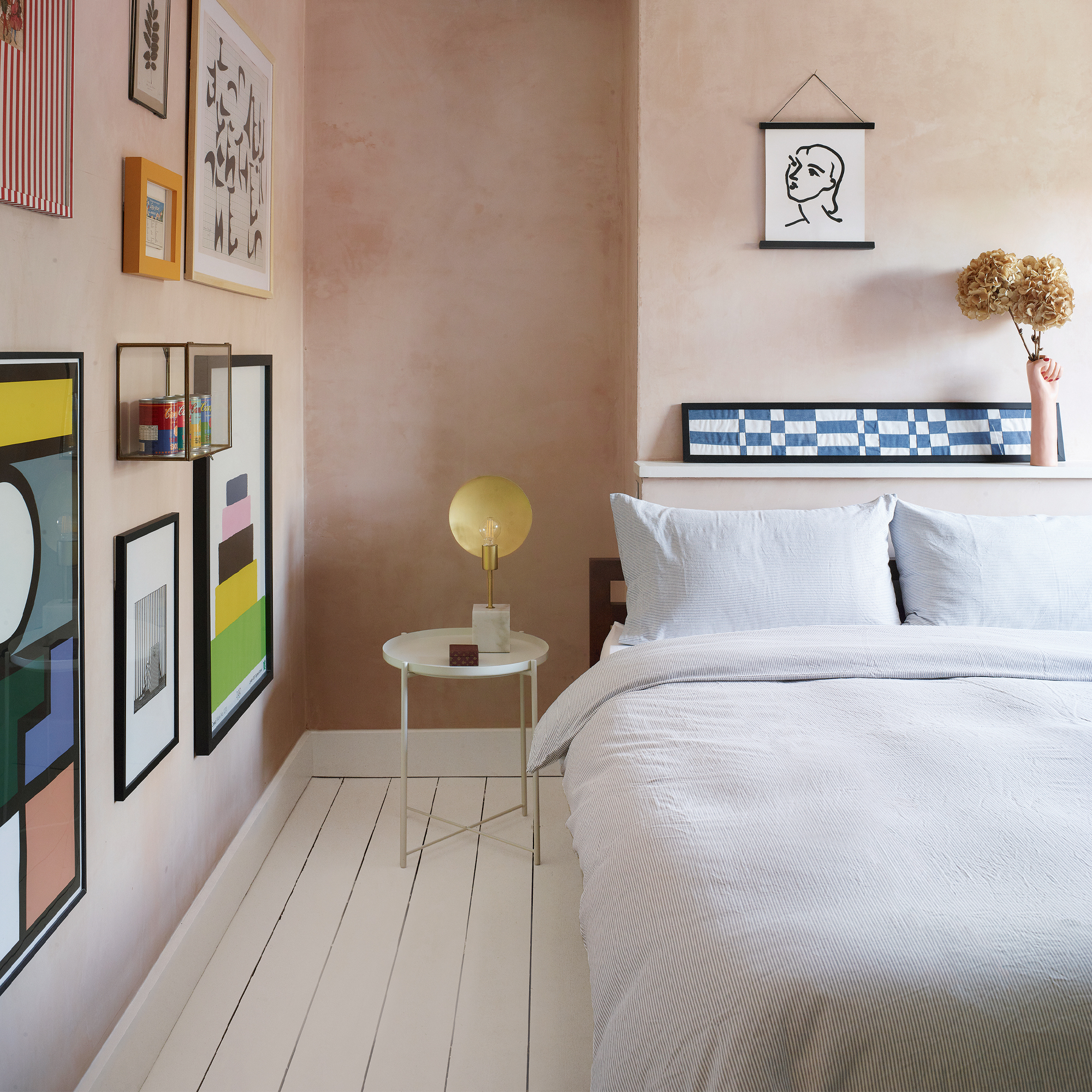
1. The right mattress
A mattress that provides insufficient support for your sleeping position can result in back pain, so if you're a side sleeper, it's important to choose a mattress that offers your spine the support it needs when you're lying on your side.
‘Research shows that over 60% of the nation are side sleepers, making this the most popular position for sleep,’ explains Laura Burnett, bed expert from Feather & Black. The good news is that means there are plenty of mattresses on the market specifically designed for this sleeping position.
Ideal Home's Sleep Editor, Amy Lockwood, says, 'side sleepers are generally most comfortable on a mattress that is medium-firm. The hips and shoulders need a little give in the mattress surface so that they can sink in enough that the spine stays relatively straight. You don't want a mattress that is so soft that your waist drops down and is unsupported, but you also don't want a mattress that's too firm.'
Sign up to our newsletter for style inspiration, real homes, project and garden advice and shopping know-how
'A side sleeper also needs a mattress with a cushioned surface so that there isn't too much pressure building on the hip and shoulder overnight,' Amy continues. 'If you're a side sleeper who is regularly suffering from shoulder pain or getting pins and needles in your arm or shoulder, this is usually a sign that your mattress is too firm for your needs.'
As such, many sleep experts advise that a medium-firm mattress with a cushioned top layer, such as memory foam, latex, or a pillowtop is your best bet.
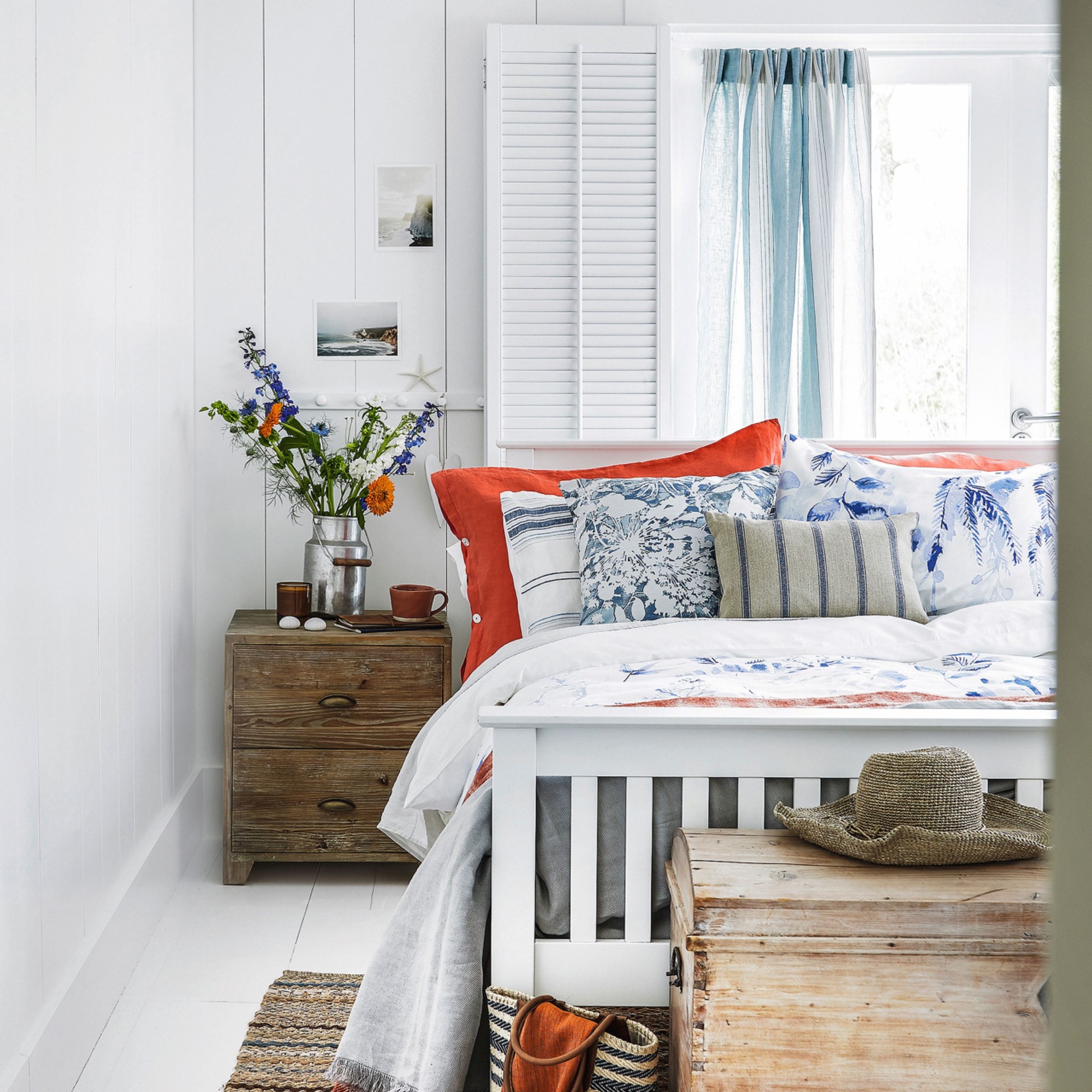
2. A mattress topper
But, if your mattress is otherwise in good shape and just a little on the firm side, then don't worry, you may not need to replace it entirely. After all, even if you take advantage of a good mattress deal when you come to shop, a new mattress is still a significant outlay.
'If your mattress is too firm for your sleep style, then you don't necessarily need to replace it' reassures Ideal Home's Sleep Editor Amy. 'Instead side sleepers can benefit from adding a mattress topper over their mattress to increase the cushioning'.
What is a mattress topper? It's essentially a comfort layer. The best mattress toppers are usually between 5 and 10cm deep and strap onto the surface of your mattress to soften it up.
‘Mattress toppers add an extra layer of cushioning to your mattress to give that additional level of comfort and support,’ agrees Laura of Feather & Black. 'A mattress topper can help alleviate pressure points, improve spinal alignment, and enhance overall comfort for side sleepers by adding an extra layer of cushioning or support to their mattress.’
Amy adds, 'if overheating is also causing you problems at night, you can also kill two birds with one stone by opting for one of the best cooling mattress toppers to add some extra breathability between your body and the mattress surface'. Sounds like a win-win to us. Below are three of Amy's top recommendations for side sleepers.
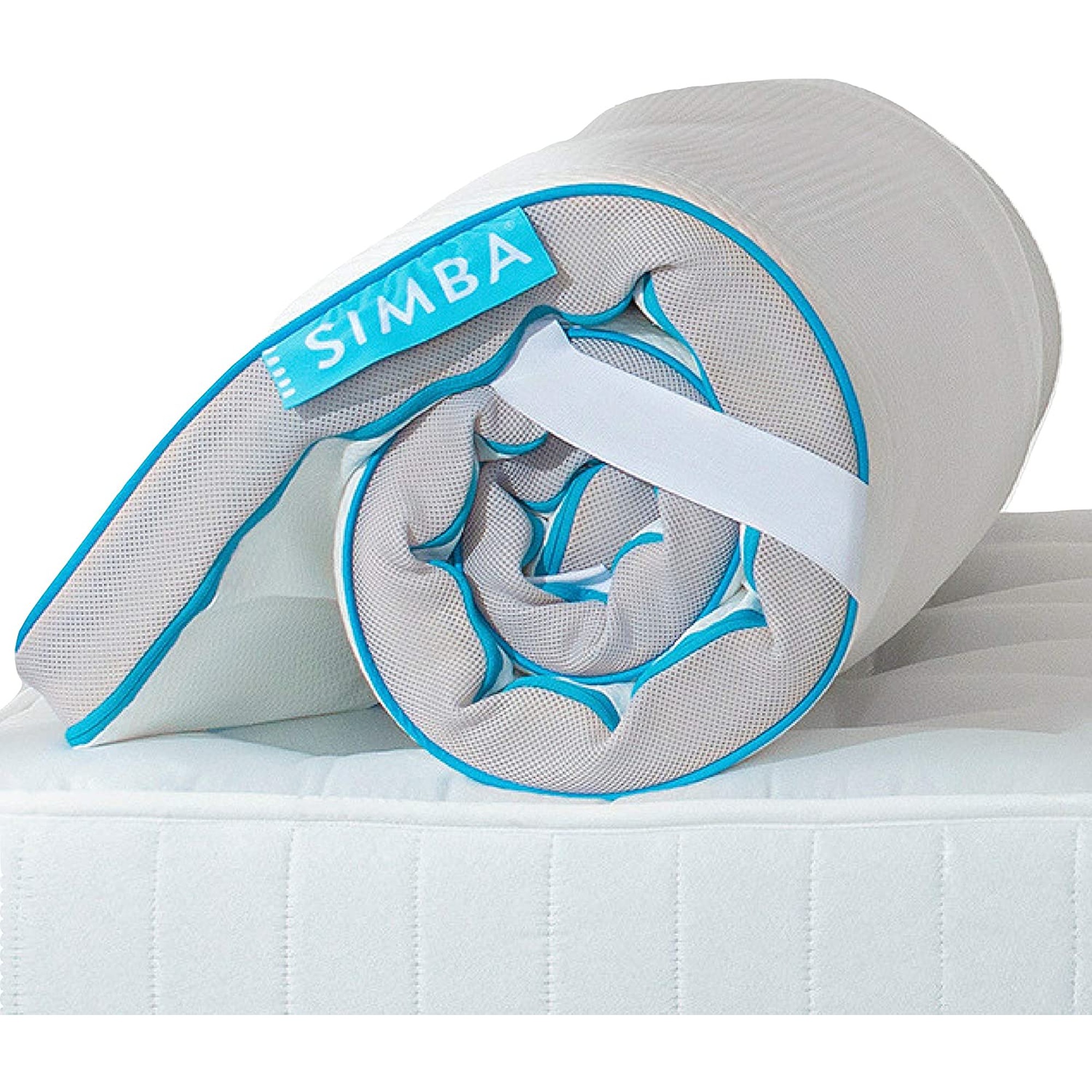
'This mattress topper is unusual in that it offers a mix of a memory foam top layer with pocket spring support', says Amy. 'That makes it a good choice for those who want medium-firm support'. Our Simba Hybrid Topper review explains more.
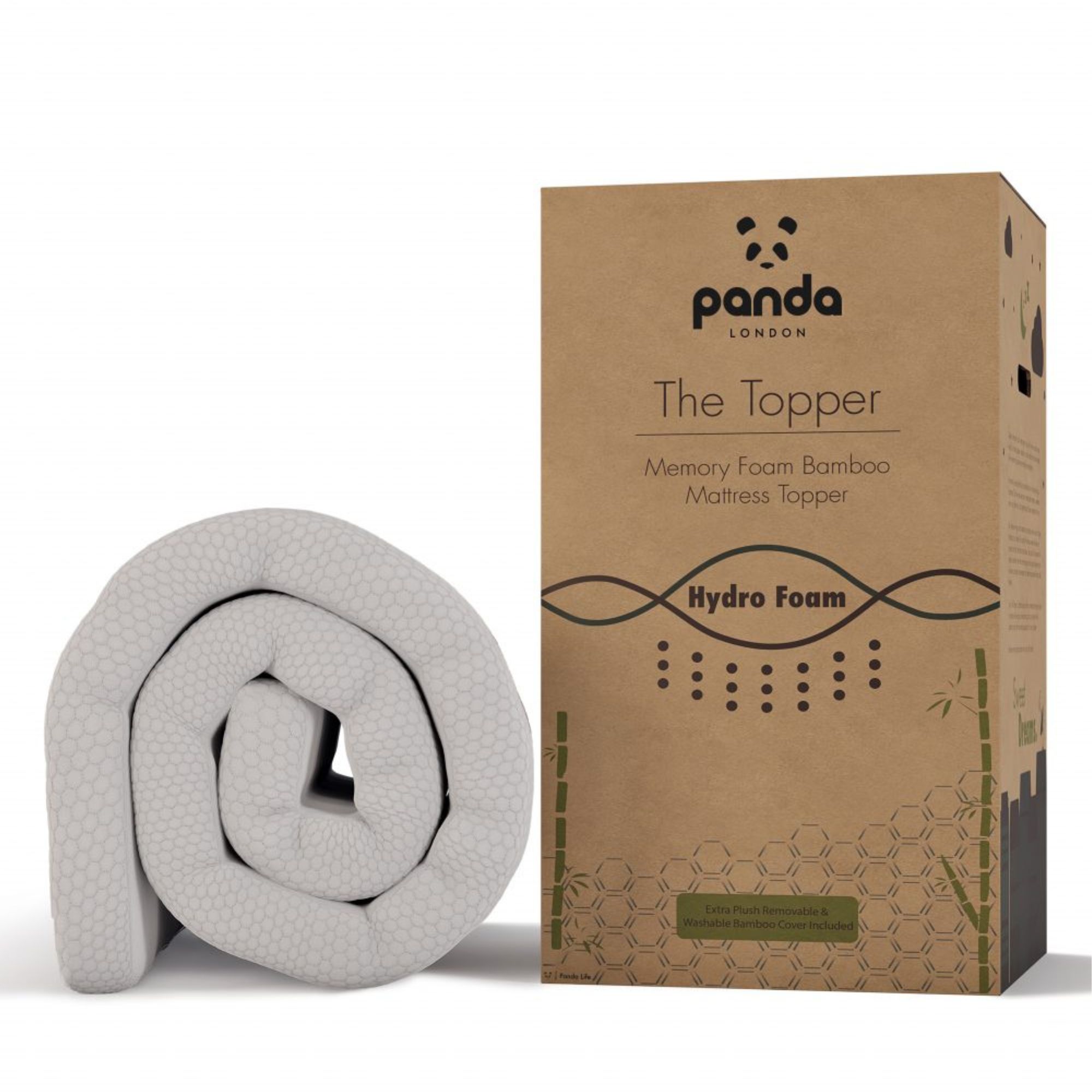
'This memory foam topper is a great value buy that comes in a wide range of sizes', states Amy. 'It's only 5cm deep, but that's plenty of cushioning for lighterweight side sleepers'. It thoroughly impressed our tester in our Panda Mattress Topper review.
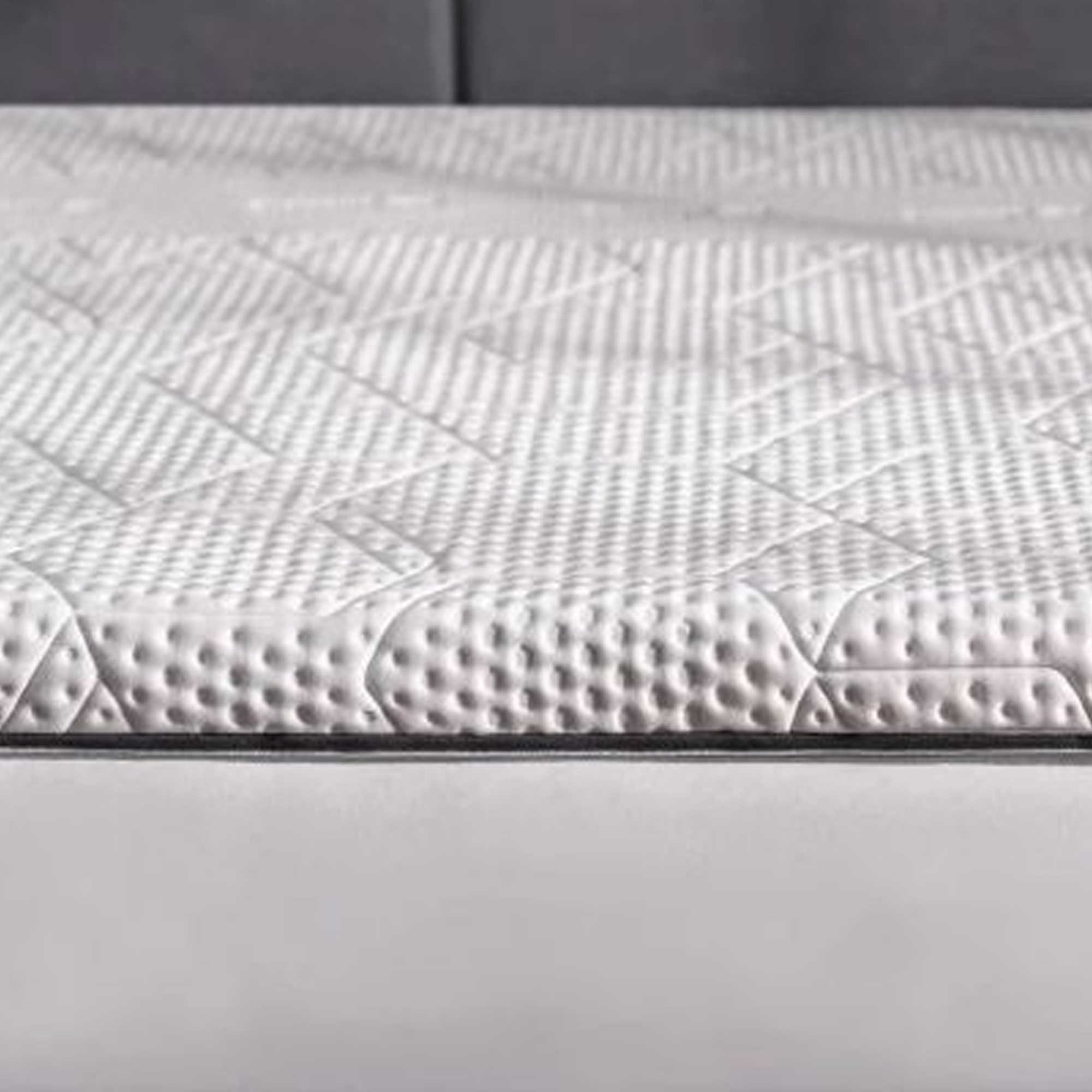
'However, if you want the most cushioning possible, this 9cm deep foam mattress topper is one of the deepest we've tested, and it really impressed our side sleeping reviewers'. Our Emma Premium Mattress Topper review has the full lowdown.
3. The right height pillow
At Ideal Home, we’ve had the pleasure of testing some of the best pillows on the market. But one thing we’ve learned is that these products aren’t one-size-fits-all.
Again, when it comes to how to choose a pillow, considering your sleeping position is paramount.
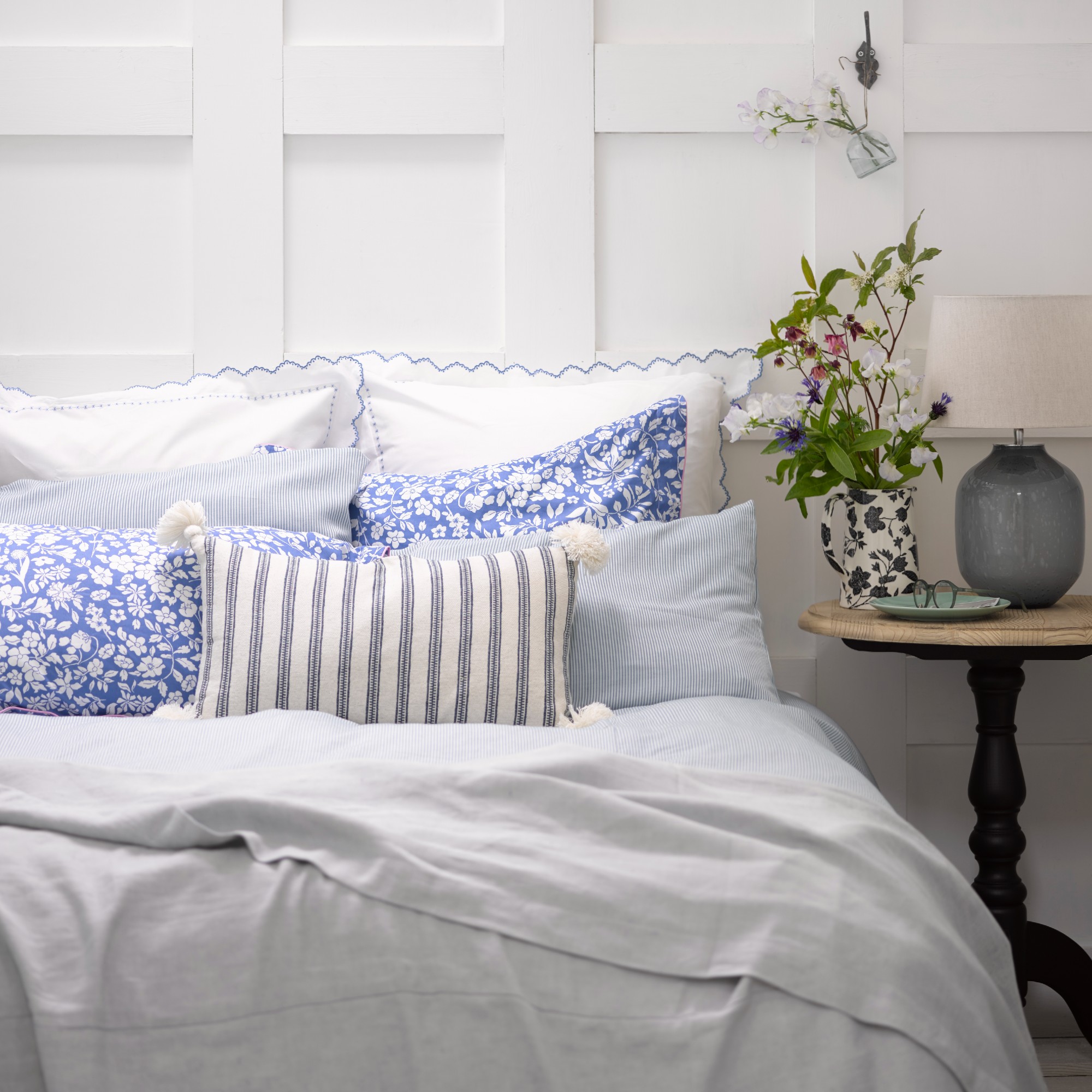
‘The most important consideration for a side sleeper is ensuring that the neck is positioned at the right height, and the spine is aligned,’ explains Laura.
'You want to think of your spine from the base to the crown of your head as one long tube', says Ideal Home's Sleep Editor Amy. 'When you sleep on your side, you want this tube to stay as straight as possible with no kinks. That means finding a high and supportive pillow that doesn't allow your head to drop too low or lift it so high that there's curvature in the neck'. Below are three of Amy's top recomemendations for side sleepers.
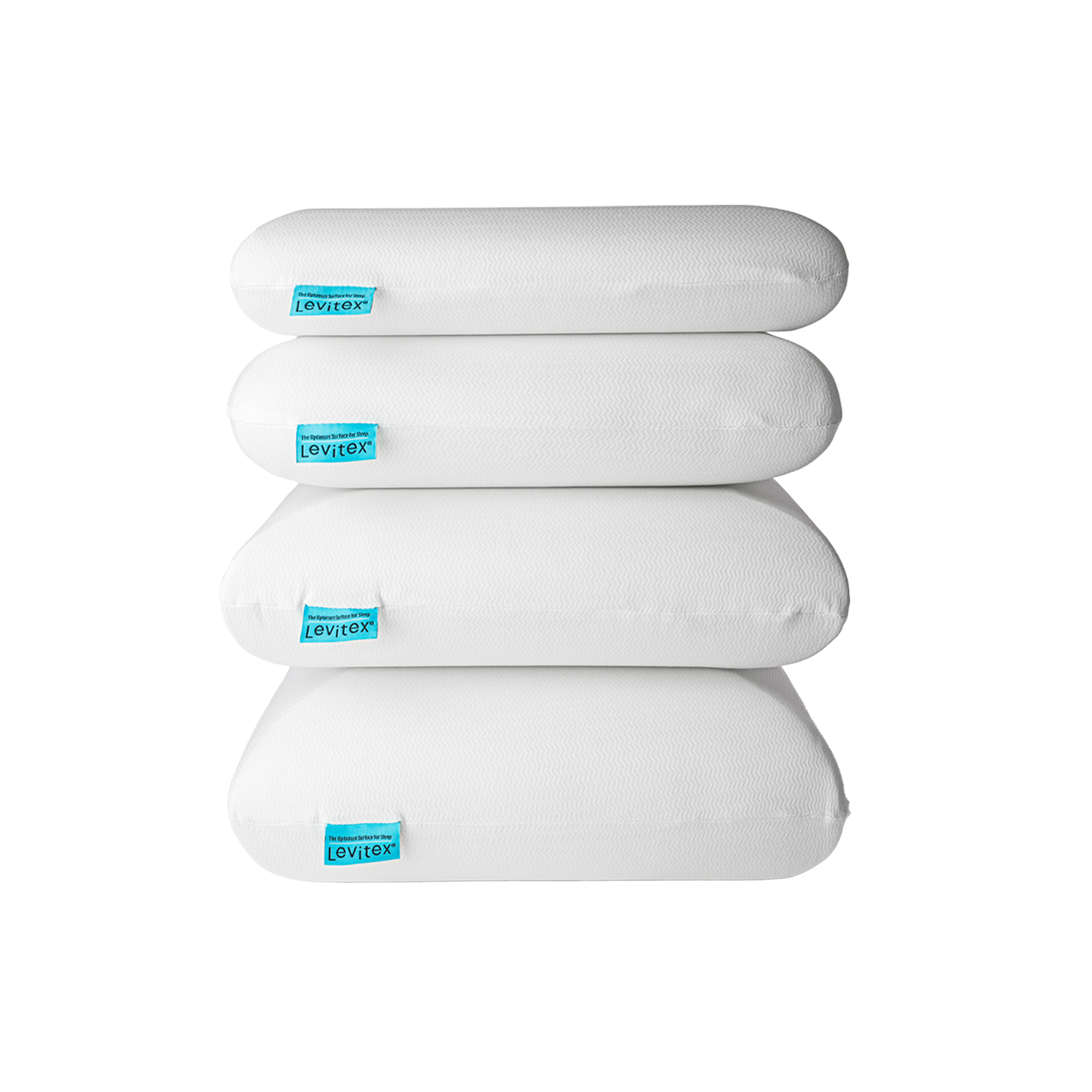
As a side sleeper, finding a pillow that's just the right height to fit the gap between your neck and the bed is vital. This firm foam pillow is available in four heights, meaning you can do just that.
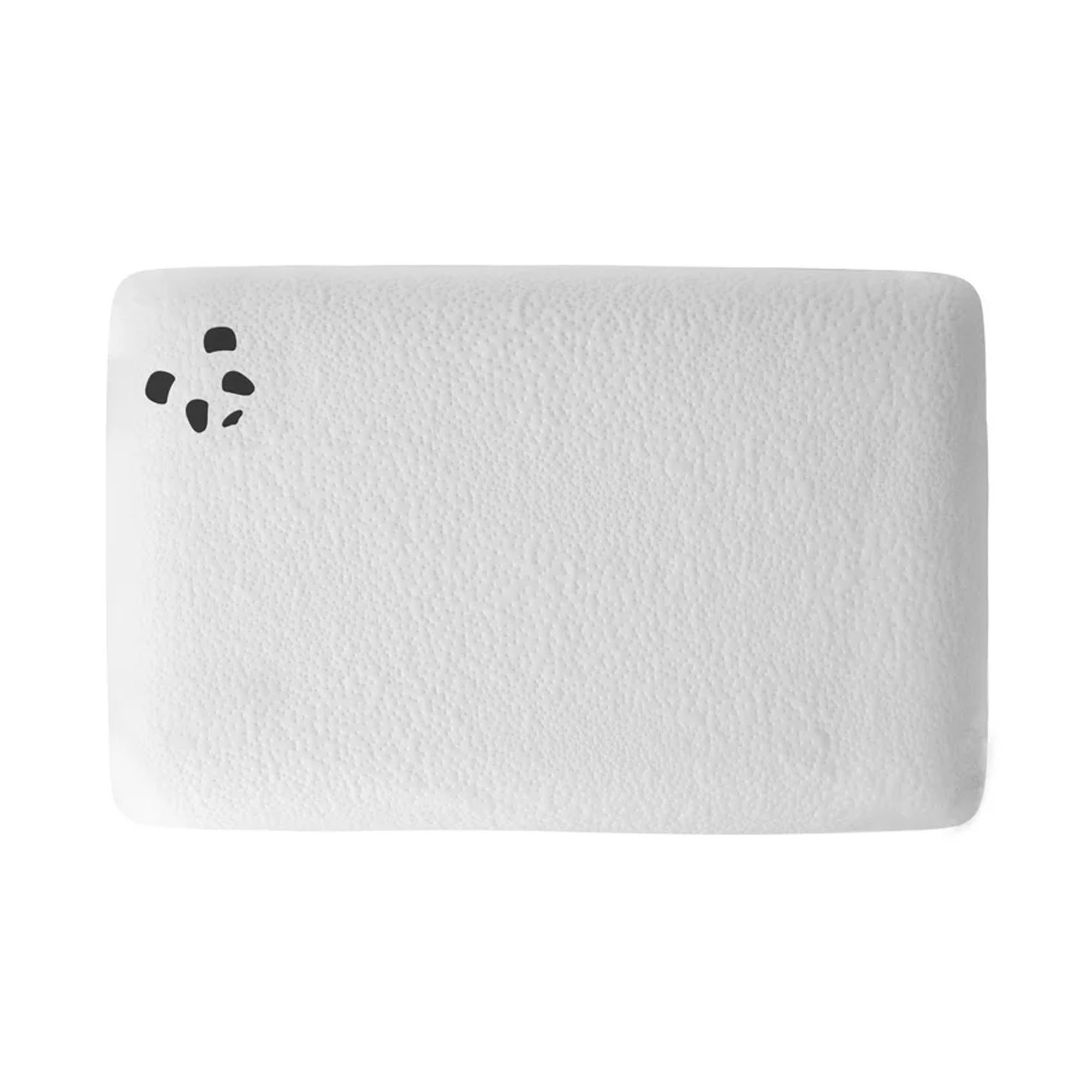
If you prefer a pillow that has a little more cushioning, this memory foam pillow is a great option, plus, it's affordable and comes with a 30-night sleep trial so you can test out whether it's the right height before you commit.
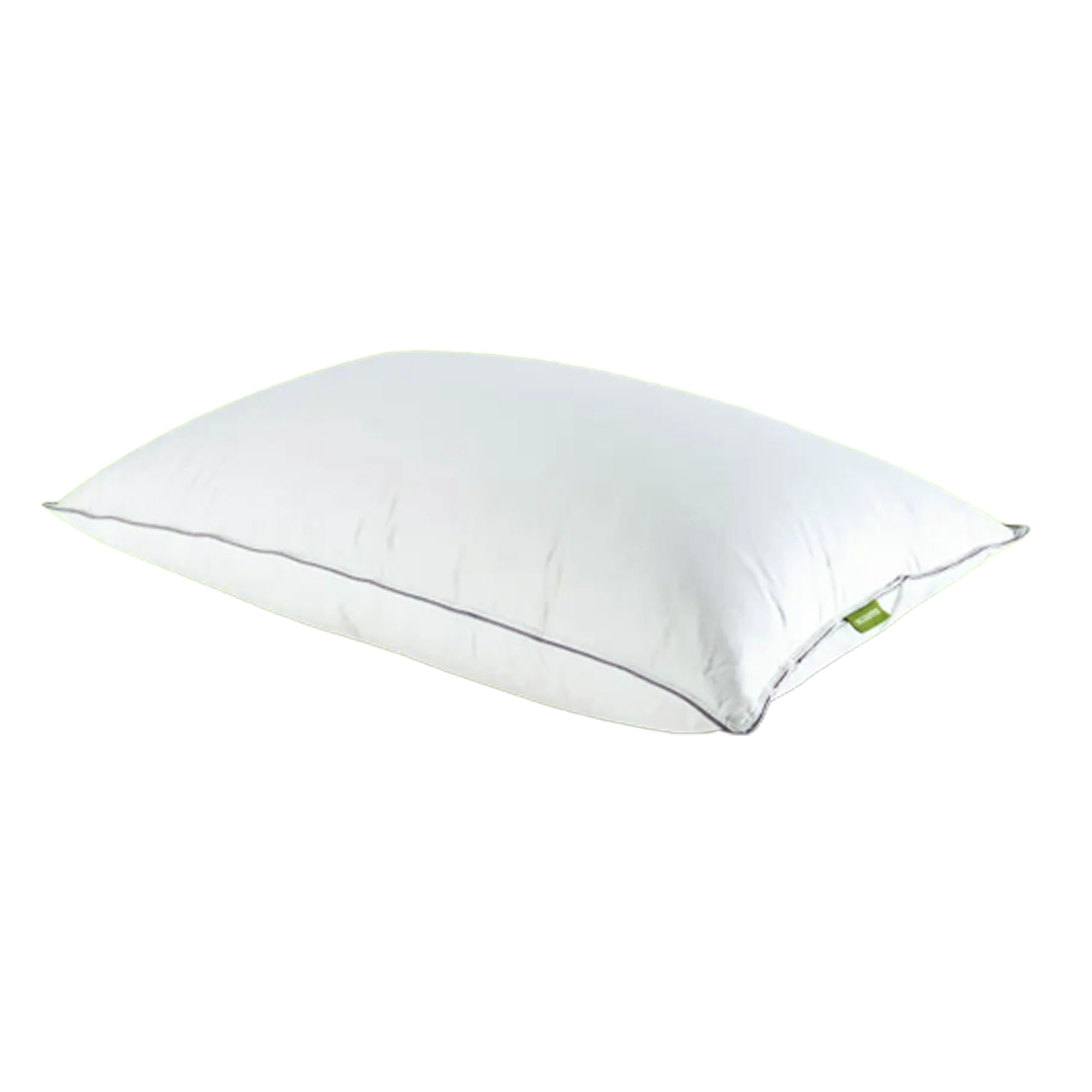
If you prefer a pillow made from natural materials rather than synthetics, this plump feather and down has the most loft of all the options we've tested. It also delivers a cool and breathable sleep surface.
4. Or, consider a V-shaped pillow
Alternatively, you might be interested to know that V-shaped pillows (also called L-shaped pillows) are also a good option for side sleepers.
As Rebecca Swain, sleep expert at Winstons Beds, explains, 'L-shaped pillows are also a great option for those who prefer to sleep on the side, allowing them to wrap their arms around the pillow. These L-shaped pillows can provide extra comfort and security, and wrapping your arms around the pillow can help you keep a more neutral spine.'
If you have shoulder pain, then having your resting arm supported by the long edge of the pillow can also help to prevent twisting. We like these three V-shaped pillows.

A budget option, this V-shaped pillow gets rave reviews from customers. However, it is fairly soft.
5. Add a pillow between your legs
When it comes to how many pillows you should sleep with, the official answer is one pillow of the right height under your head. But, if you're a side sleeper, you might want a second pillow – and this one will go between your legs!
'If you find you have lower back pain after sleeping on your side, then adding a pillow between the legs can help to keep your hips parallel whilst you sleep and prevent the lower half of the back from twisting,' explains Amy.
‘Using a pillow between your legs can help you feel as supported as possible when sleeping on your side,’ confirms Pam Johnson, head of buying at Bensons for Beds. The good news is that this doesn't need to be an expensive pillow, any old pillow, or even a cushion will do.
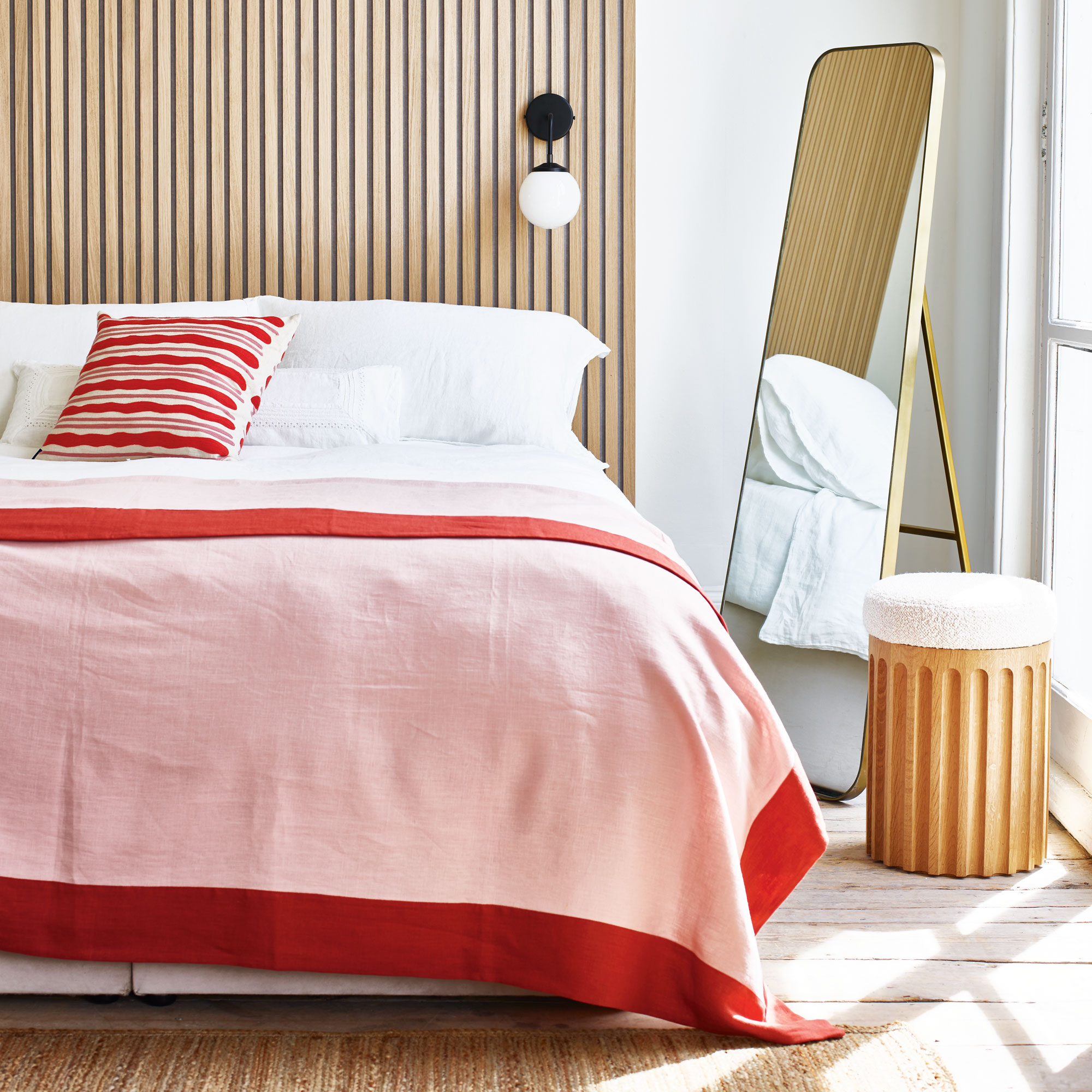
6. A king-size bed
Side sleepers come in all different shapes and forms. Some people lie straight on their side like a pencil, some lie in the foetal position, and others sleep on their side with one leg bent up towards their chest.
With this in mind, when working out how to choose the right mattress size we'd recommend going on the bigger side if you’re a side sleeper. If you and your partner curl yourself up into a ball, you are going to take up more space width ways than you realise. If you want to avoid kneeing each other in the back, be cautious and go for as big a bed as your bedroom can take.
Laura from Feather & Black agrees, saying, ‘You do need enough space so that you and your partner sleep most comfortably, and for this reason, we recommend a king-size bed.’
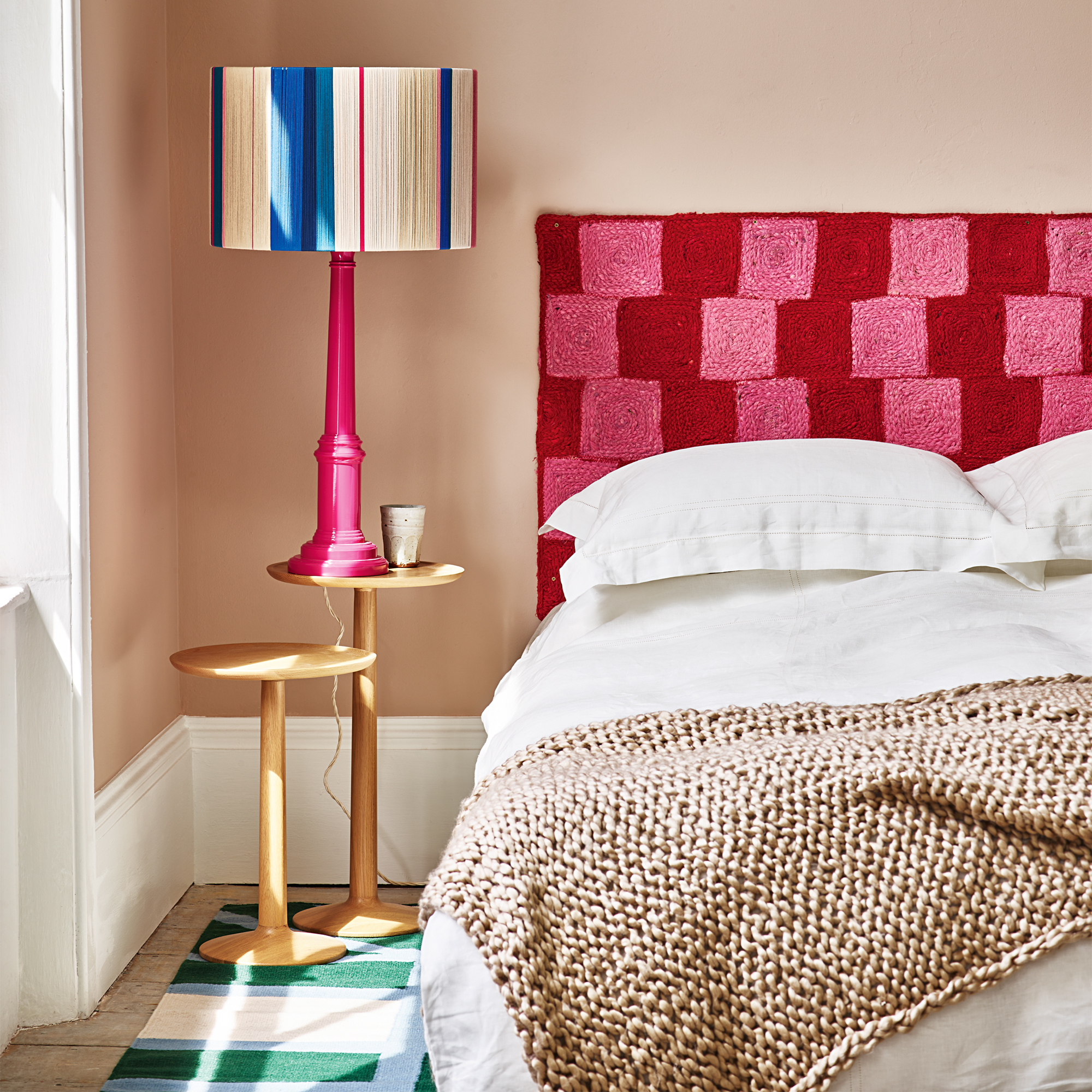
FAQs
What should side sleepers be aware of?
Although many people find sleeping on their side to be the most comfortable sleeping position, sleeping on your side can have some downsides.
Pam Johnson from Bensons for Beds explains, ‘The first negative sounds small but can really affect your sleep – it’s a numb arm. When you lie on your side, if your arm is beneath you, it doesn’t usually take long for it to go numb. While this part might not disturb your slumber, when you move and your arm is free, ‘pins and needles’ take hold, and that can be hard to sleep through.’
‘The second negative is spinal alignment. Lying on your back usually keeps your spine aligned (as long as you’re well-supported with the right mattress for your body). However, lying on your side can put pressure on your spine, especially if you’re not supported with the right level of firmness from a mattress and even more so if your pillows are more like pancakes than the supportive head-proppers they should be'.
That's why sourcing the right products for this sleeping position is so important. Hopefully, this round-up has provided everything you need.

Lauren Bradbury has been the Content Editor for the House Manual section since January 2025 but worked with the team as a freelancer for a year and a half before that. She graduated with a Bachelor’s degree in English and Creative Writing from the University of Chichester in 2016. Then, she dipped her toe into the world of content writing, primarily focusing on home content. After years of agency work, she decided to take the plunge and become a full-time freelancer for online publications, including Real Homes and Ideal Home, before taking on this permanent role. Now, she spends her days searching for the best decluttering and cleaning hacks and creating handy how-to guides for homeowners and renters alike, as well as testing vacuums as part of her role as the Ideal Home Certified Expert in Training on Vacuums, having spent over 110 hours testing different vacuum models to date!
- Amy LockwoodSleep Editor

